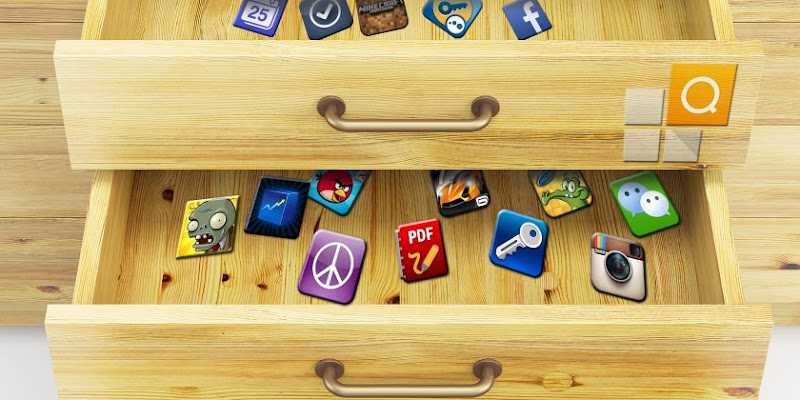
Android launchers are a topic of constant fascination here at MakeUseOf: We’re always on the lookout for unique new ways to control and customize our phones and tablets. From well-known behemoths like Nova Launcher to more experimental newcomers such as Atom Launcher, we’ve shown you just about every major launcher out there today. But launchers usually compete in the customization and tweaking arena: Whichever launcher gets you the most unique home screen, wins. Sometimes, though, we just want to quickly launch some app, rather than marvel at the beauty of our painfully-customized home screen. There’s a whole class of “launcher helpers” — small utilities that don’t even try to offer a full launcher experience. Instead, they help you find what you need as soon as humanly possible, then get out of the way. My long-time favorites Gesture Search and SwipePad are such apps, and today, I’m here with Quad Drawer, a $1 tool that aims to replace your launcher’s built-in app drawer with something simpler, faster, and more elegant.
In a Nutshell
First, a video from LevelUp Studio, Quad Drawer’s developers;
The one-line explanation: Launch any app on your device using a T9 dial-pad.
The concept is simple and compelling, but unsurprisingly, the devil is in the details. Users tend to be very particular about the ways they use their devices, and launching apps is something we all do multiple times every day, so the experience must be flawless. Quad Launcher has to be fast, elegant, and customizable. Fortunately, developer LevelUp Studio has the coding and design prowess needed to deliver the goods: After all, this is the same developer behind the wonderfully polished twitter client, Plume, and the very popular Beautiful Widgets.
Dialing For Apps
The default layout for Quad Drawer looks like this:
No big surprises here: Just an app drawer with a dial pad at the bottom. If you want, you can collapse the dial pad, and end up with something that’s almost identical to what you already have in your browser. The only other notable difference is the tabs laid out on top of the screen letting your sort your apps in the drawer: Most Used, Alphabetical, Recent, and Last Downloaded. Start dialing, though, and the list instantly filters, even if you have hundreds of apps:
The particular prefix I dialed (96) yielded a bunch of apps, with Wolfram Alpha selected by default — but really, I wanted one of the other results, YouTube. When I tapped YouTube in the results list, Quad Launcher learned and adapted. So next time I dialed 96, I got this instead:
Now YouTube was the default. It is this sort of subtle machine learning and adaptability that makes everyday tools fast to use.
Themes, Layouts, and the Floating Mode
My launcher (Nova Prime) uses a dark theme which didn’t mesh so well with Quad Drawer’s default white looks; also, I am not a big fan of the densely populated icon grid format: I find it difficult to hunt for the app I need. Not a problem:
After tweaking a couple of settings, this is what I ended up with. A dark Holo-themed drawer with a list layout, and the same dialer interface at the bottom. Pretty much exactly what I wanted, and the elegant Settings screen made it easy to accomplish:
The only thing you don’t see above is the switch for toggling between an icon grid and a list layout. This is one of the only interface inconsistencies I’ve come across in Quad Launcher: To switch between display modes, you’ll have to use the app’s main menu.
Now that we have the drawer looking just so, wouldn’t it be good if we could quickly launch it from anywhere on the device? This is a problem many “quick launchers” try to solve: Gesture Search utilizes a special motion (a way of flipping your device) which you can use from anywhere to launch it; SwipePad uses a swiping motion from the side of the device; and Quad Drawer uses a floating overlay:
What you see above is my Twitter client of choice, Falcon Pro, with a pale little button on the top-left. That button isn’t part of Falcon Pro: It belongs to Quad Launcher, and tapping it brings up a screen overlay:
This screenshot shows both the floating overlay (you can still see Falcon’s top bar peeking from underneath), and the fact that Quad Drawer lets you opt out of its key feature: You can swap out the T9 dial pad with your own regular keyboard, and just search for apps by typing.
The overlay is neat, but honestly, it’s one of the least elegant parts in the Quad Drawer experience. When it’s enabled, the button is always visible, and will inevitably obscure something you’re trying to read, forcing you to constantly drag it around.
There is another way to quickly access Quad Drawer: It allows you to replace the default search action that happens on Android 4.0 and above when you swipe up from the home button. By default, this starts Google Now — but with Quad Drawer installed, you could start dialing for apps after making that gesture.
A Polished Complement To Your Launcher of Choice
All in all, Quad Drawer demonstrates one thing: Even when it comes to a humble system utility, the details count. With its sane interface sensibilities and flexible configuration, Quad Launcher is sure to please many users looking for a quick way to launch their favorite apps with a minimum of fuss. I think I’ll be keeping it around, to complement Gesture Search and SwipePad on my own phone.
Will you spend a buck to take it for a spin? Or is there another quick-launcher you’re already using?

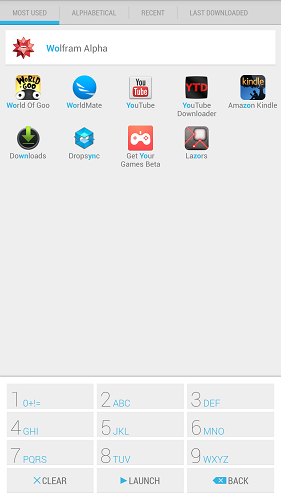
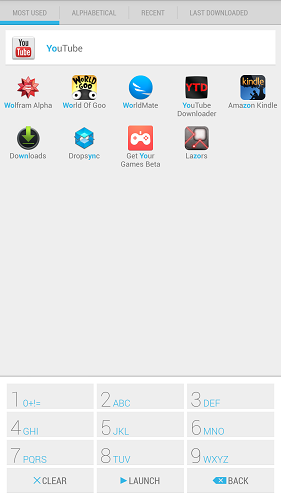
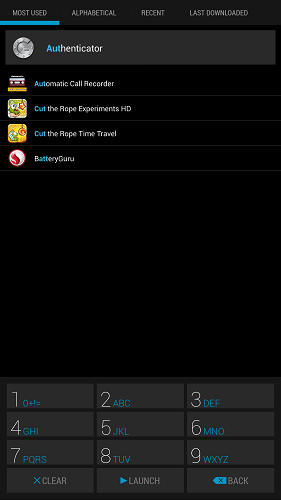
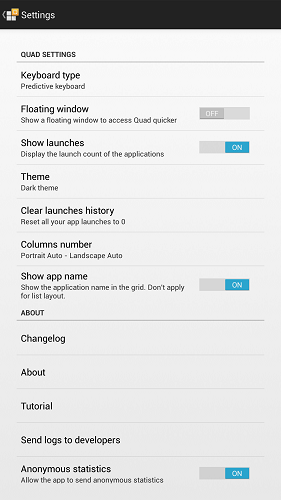
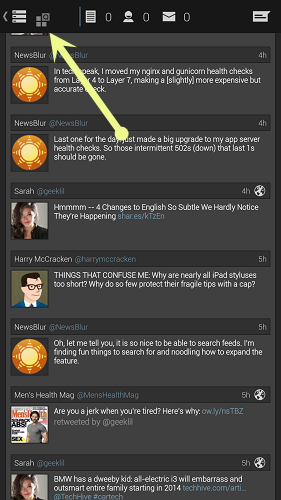
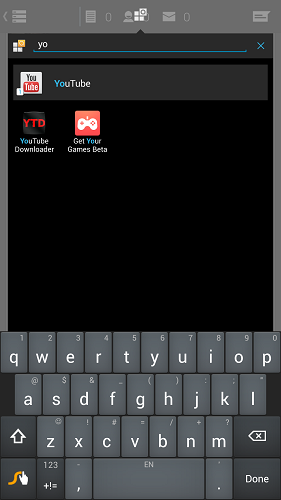
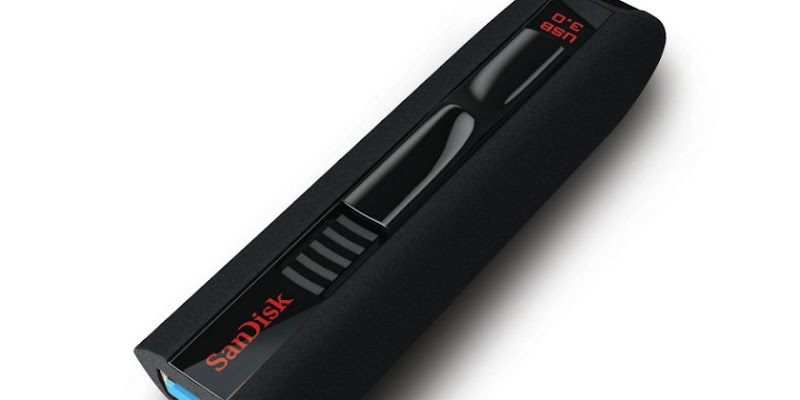
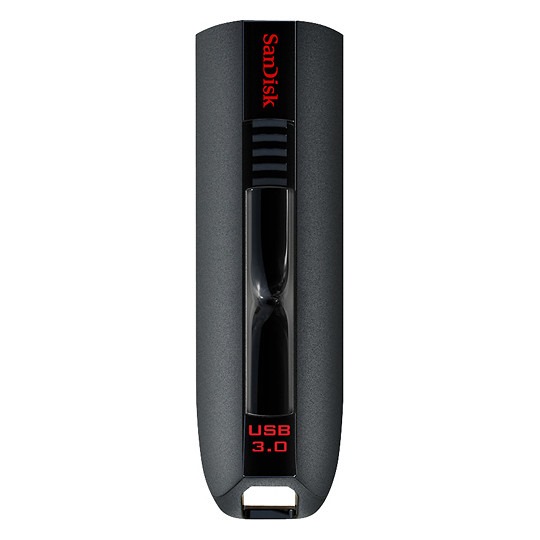
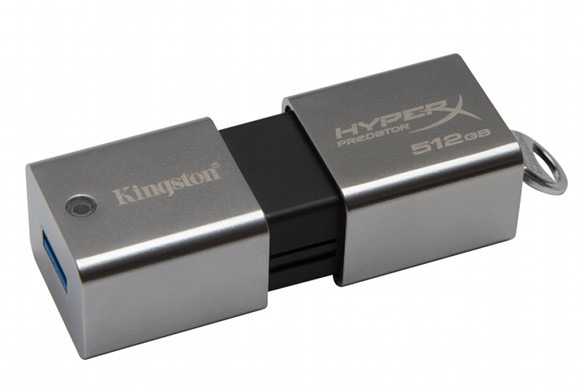
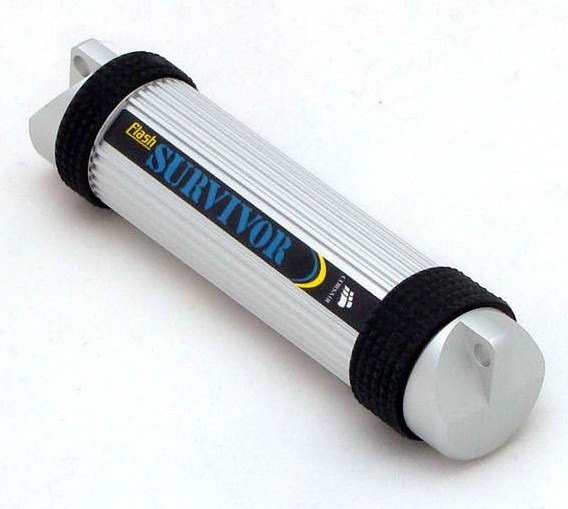
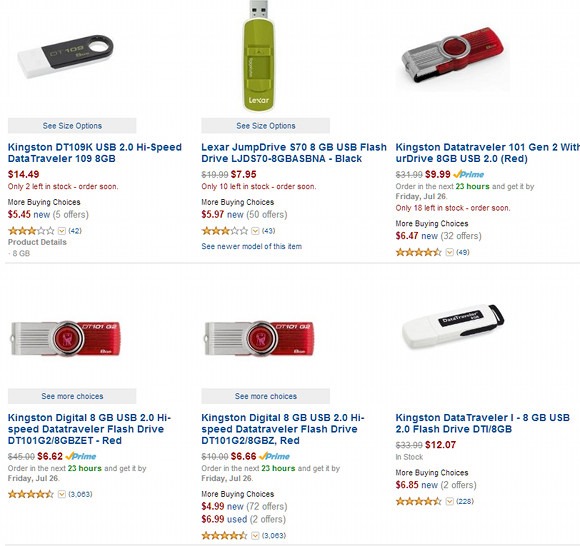
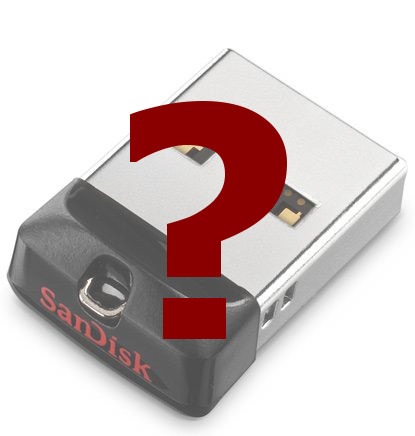
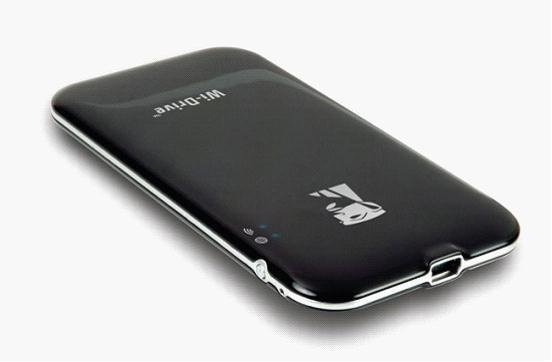

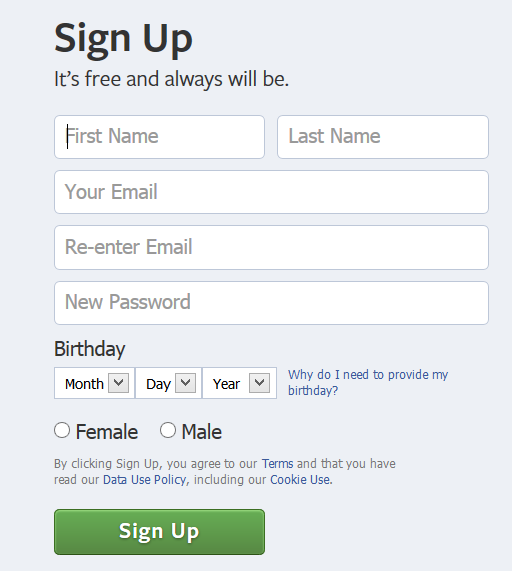
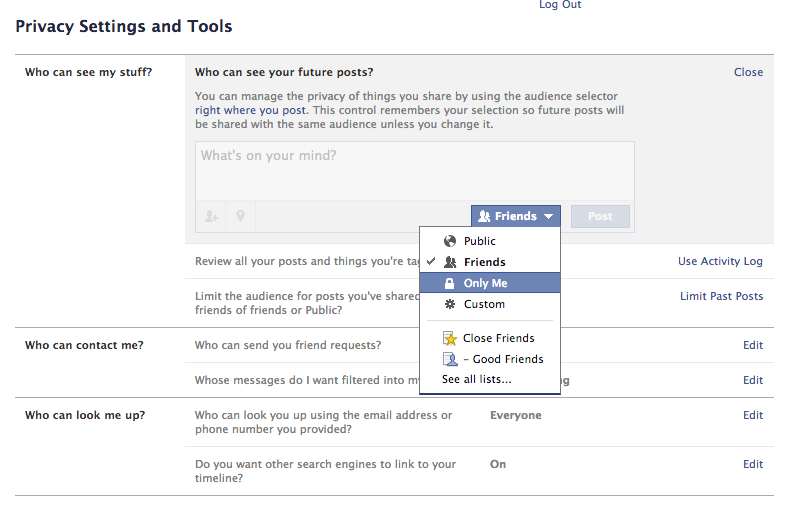
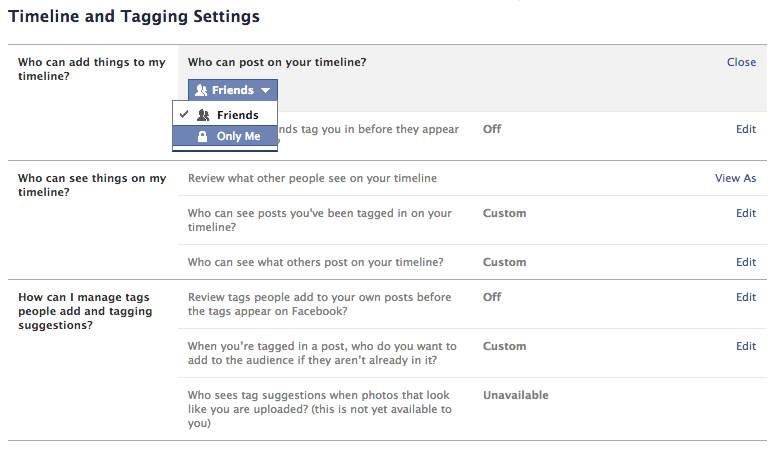


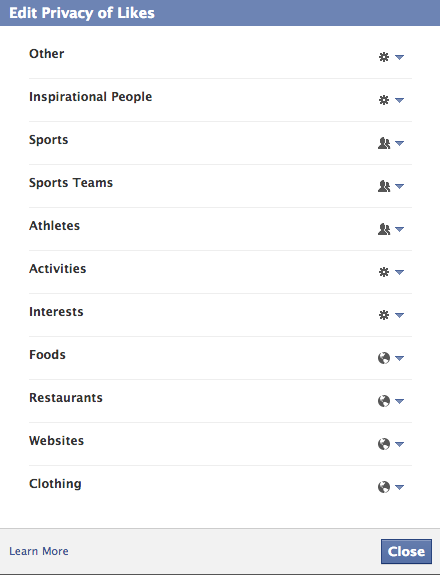
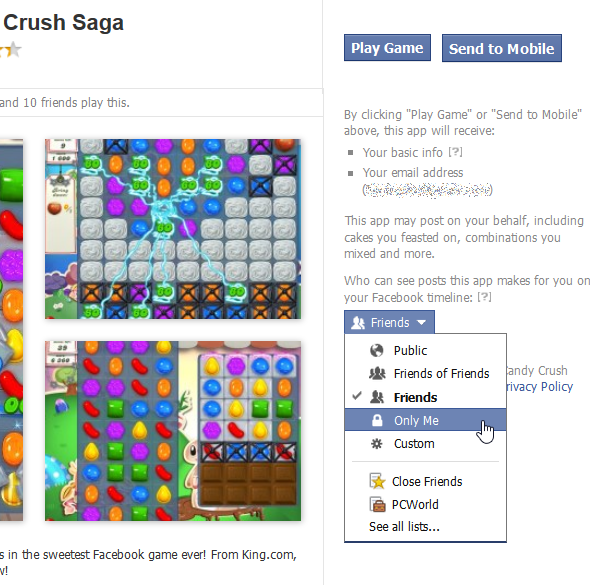
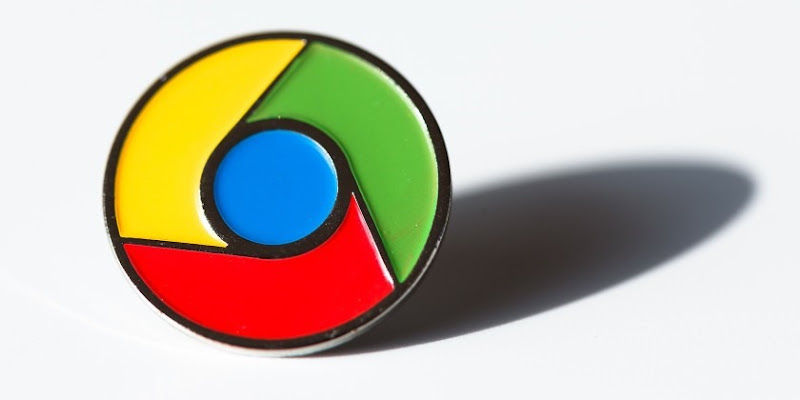

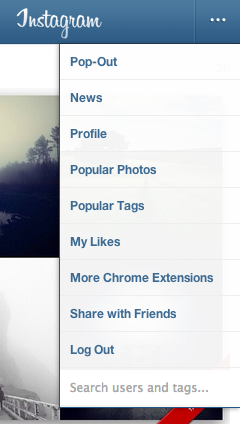

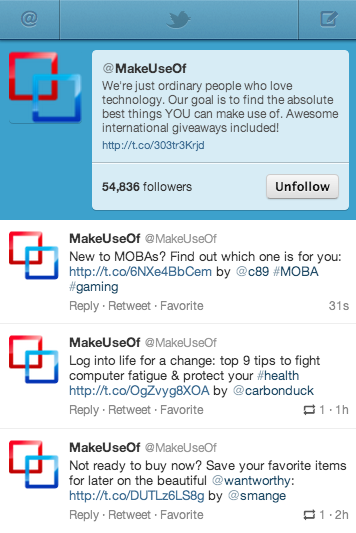


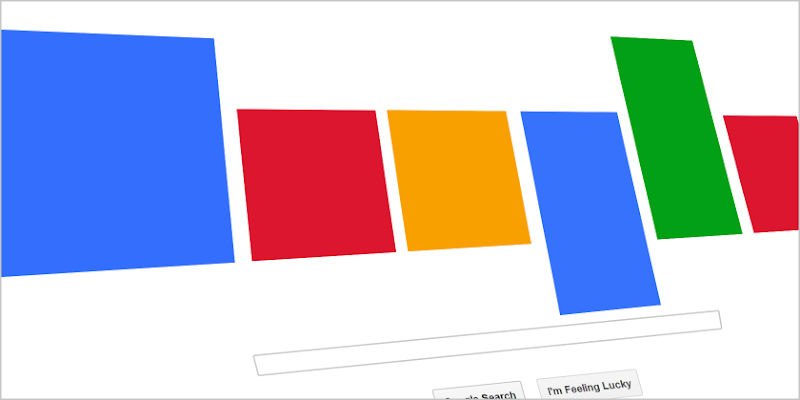




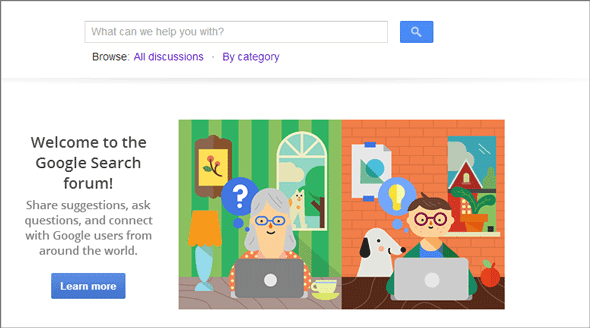

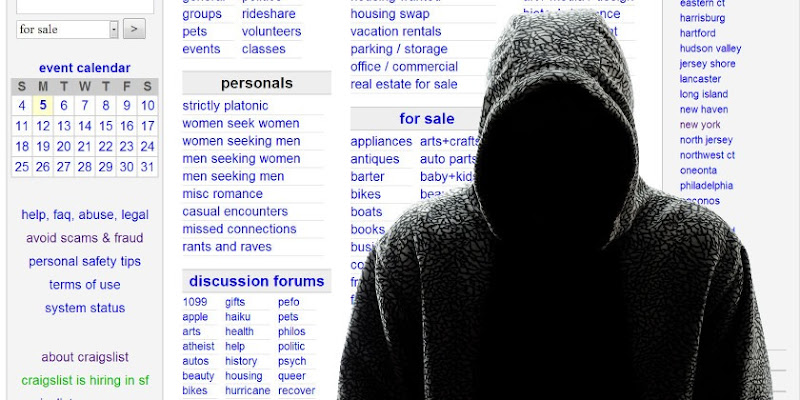


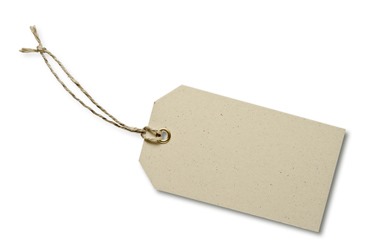

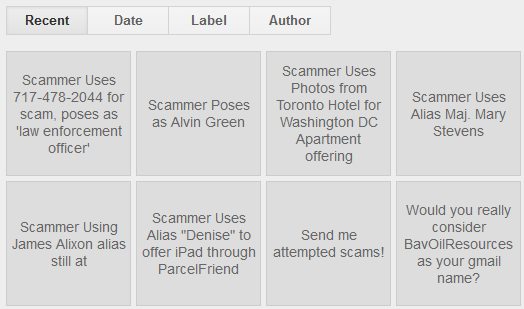


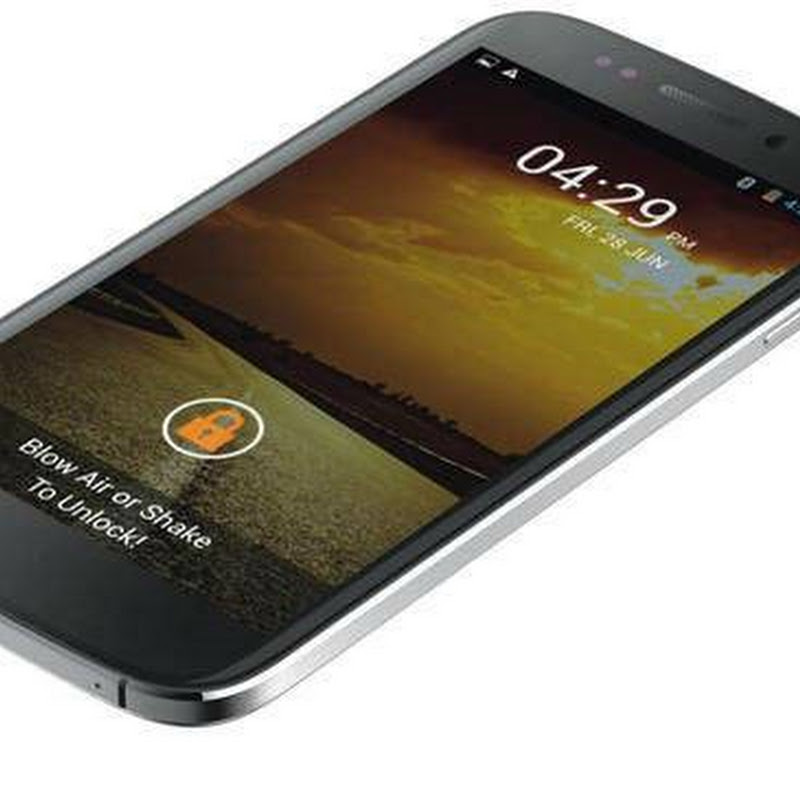







Follow Us
Were this world an endless plain, and by sailing eastward we could for ever reach new distances